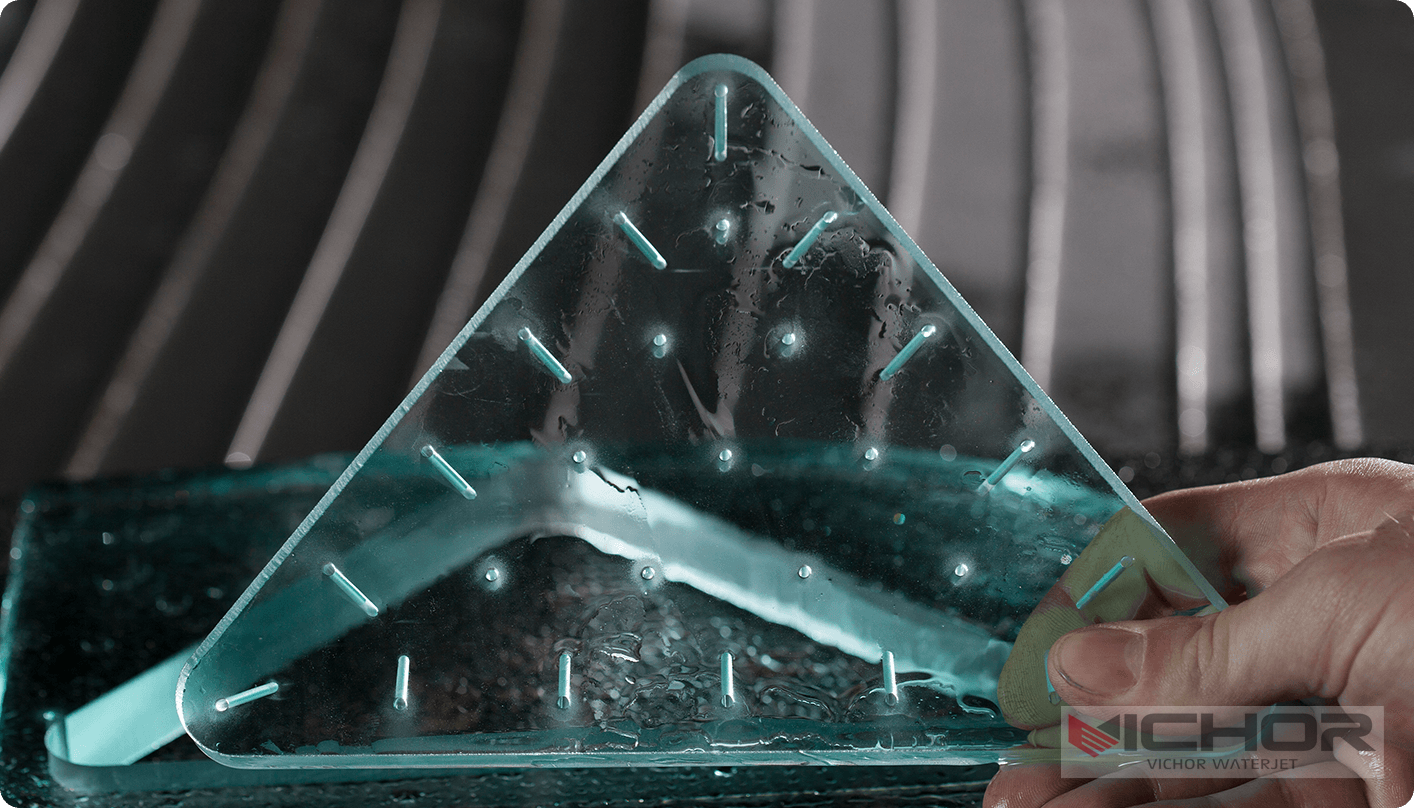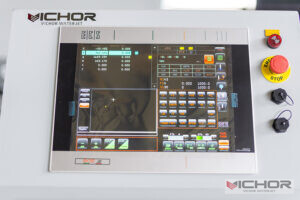
Waterjet Cutting Technology: What It Is and How It Works in Modern Manufacturing
If you’ve ever watched a high-pressure stream of water slice through metal, stone, or composite materials, you’ve seen waterjet cutting technology in action. This method isn’t new, but its applications and accessibility have expanded dramatically. From aerospace to art installations, this technology offers a unique combination of precision and versatility. Unlike thermal cutting processes, waterjet cutting doesn’t rely on heat, making it suitable for materials that are sensitive to high temperatures. Whether you’re a fabricator exploring new methods or an engineer specifying cutting systems, understanding waterjet cutting technology can help you make smarter decisions for your projects. This article breaks down the key aspects of the process, its benefits, and what to consider when implementing it.
The Basics of Waterjet Cutting Technology
At its simplest, **waterjet cutting technology** uses a high-pressure pump to force water through a small nozzle. This creates an intensely focused stream that moves at several times the speed of sound. In its pure form, this stream can cut soft materials like foam or rubber. For harder substances, an abrasive material—typically garnet—is added to the stream. This combination allows the **waterjet cutter** to slice through metals, ceramics, and stone. The process is controlled by a computer, which guides the cutting head along a programmed path. Because **waterjet cutting** is a cold process, it doesn’t create a heat-affected zone (HAZ). This means the material being cut retains its original properties, and there’s no risk of warping or thermal distortion.
How Waterjet Cutting Stacks Up Against Other Methods
When compared to laser, plasma, or mechanical cutting, **waterjet cutting technology** holds its own in several areas. Laser cutting works well for thin metals and offers high speed, but it struggles with reflective materials and thicker plates. It also generates significant heat. Plasma cutting is fast and cost-effective for thick metals but lacks the precision for intricate details and produces a large HAZ. Mechanical methods like sawing or milling apply force to the material, which can lead to deformation or stress. **Waterjet cutting** doesn’t have these limitations. It can handle a vast range of material thicknesses and types, from delicate plastics to hardened steel. The absence of heat makes it ideal for materials like titanium or composites, where thermal changes could compromise integrity.
Where You’ll Find Waterjet Cutting Technology in Use
The applications for **waterjet cutting technology** are nearly limitless. In aerospace, it’s used to cut lightweight alloys and composite panels for aircraft interiors. The automotive industry relies on it for prototyping and producing gaskets, interior trim, and even body components. In architecture, **waterjet cutting** creates intricate designs in marble, glass, and metal for decorative facades and flooring. Artisans and sculptors use it to produce detailed works in materials that would be difficult to handle with other tools. The food industry has also adopted this technology, using pure waterjet systems to portion products like cakes, poultry, and fish without altering their texture or flavor. This wide range of uses highlights the flexibility of **waterjet cutting** across different sectors.
Choosing the Right Waterjet Cutting System
Selecting a **waterjet cutting** system requires careful thought about your specific needs. Start by considering the materials you work with most often. If you primarily cut soft, non-metallic materials, a pure waterjet system might be sufficient. For metals, ceramics, or stone, an abrasive **waterjet cutting** system is necessary. The size of the parts you produce will determine the required cutting table size. Pay attention to the pump’s pressure rating, as higher pressure generally translates to faster cutting speeds and the ability to handle thicker materials. Also, consider the control software—some systems offer more intuitive interfaces and better support for complex designs. Don’t overlook maintenance requirements; systems with easier access to key components can reduce downtime.
What to Look for in a Waterjet Cutting Supplier
Finding a reliable supplier for **waterjet cutting technology** involves more than just comparing specifications. Look for companies with a strong reputation and verifiable customer references. A good supplier will offer comprehensive support, including installation, training, and ongoing technical assistance. Ask about warranty terms and the availability of spare parts. If you’re new to **waterjet cutting**, choose a supplier that provides robust training materials and responsive customer service. It’s also wise to consider whether the supplier specializes in systems for your industry. For example, a supplier familiar with the demands of metal fabrication might offer better insights than one focused primarily on artistic applications. Taking the time to vet suppliers can prevent headaches down the road.
Understanding the Costs of Waterjet Cutting
The initial investment in **waterjet cutting technology** can be substantial, with prices for complete systems ranging from under $100,000 to several hundred thousand dollars. Several factors influence this cost, including the pump’s horsepower, table size, and any additional automation features. Beyond the purchase price, consider operating expenses. Abrasive **waterjet cutting** consumes garnet, which represents an ongoing material cost. Pump maintenance, nozzle replacement, and electricity usage also contribute to the total cost of ownership. However, many businesses find that the benefits—such as reduced material waste, minimal secondary processing, and the ability to cut a wide variety of materials—justify the investment. In some cases, outsourcing **waterjet cutting** to a service provider may be more economical than purchasing equipment.

The Inner Workings of Waterjet Cutting Technology
Delving deeper into **waterjet cutting technology** reveals a sophisticated interplay of components. The heart of the system is the high-pressure pump, which can be either an intensifier pump or a direct-drive pump. Intensifier pumps use hydraulic pressure to amplify water pressure, while direct-drive pumps operate more like a piston engine. The pressurized water then travels through high-pressure tubing to the cutting head. In abrasive systems, the head mixes water with garnet abrasive in a focusing tube, creating a coherent cutting stream. The precision of **waterjet cutting** comes from the CNC system, which controls the movement of the cutting head with exceptional accuracy. Modern systems often include features like automatic height control to maintain optimal standoff distance and five-axis cutting heads for beveling and complex shapes.
Frequently Asked Questions About Waterjet Cutting Technology
Q1: What materials can be cut with waterjet cutting technology?
A1: Waterjet cutting technology can process an extensive range of materials, including metals (steel, aluminum, titanium), stone, glass, ceramics, plastics, rubber, and composites. It is one of the most versatile cutting methods available.
Q2: How thick of a material can a waterjet cut through?
A2: The maximum thickness depends on the material and the specific waterjet cutting system. Generally, industrial systems can cut through metals over 6 inches thick and softer materials like foam up to 24 inches or more.
Q3: What is the typical accuracy and cut quality of a waterjet?
A3: A well-tuned waterjet cutting system can achieve positional accuracy of around ±0.003 inches. The cut edge quality is very good, though a slight taper (wider at the top than the bottom) can occur, which can be minimized with advanced cutting techniques and slower speeds.
Q4: Is waterjet cutting an environmentally friendly process?
A4: Waterjet cutting technology is often considered more environmentally friendly than many alternatives. It does not produce hazardous fumes or dust, and the water used can often be recycled. The primary waste product, spent abrasive and water slurry, is generally non-toxic and can be disposed of in a landfill.
Q5: How does the operating cost of a waterjet compare to a laser cutter?
A5: The operating cost for waterjet cutting is often higher than for laser cutting when processing thin metals, largely due to abrasive consumption. However, for thicker materials or those that cannot be cut with a laser, waterjet cutting becomes more cost-competitive. The absence of a heat-affected zone can also eliminate secondary processing costs, improving overall value.
continue reading



